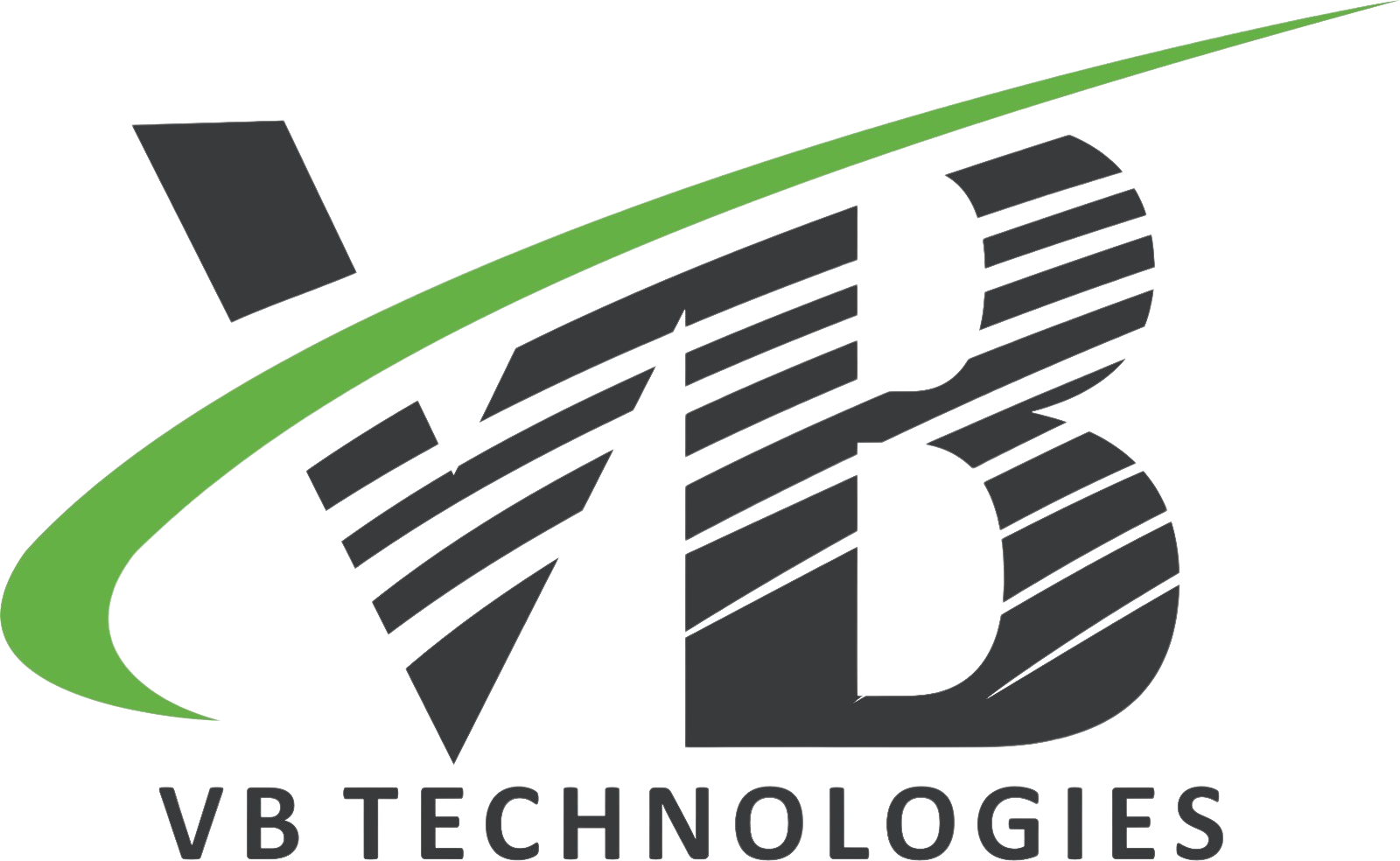Cloud Platform Services
Cloud technology enables the reusability of IT resources for storing large databases, developing and hosting complex applications, and expanding computational power and other services on demand. Cloud technology allows companies and individuals to simply access computer programs and other information that's based at a foreign site. Companies and individuals can reduce their overall costs and obtain by with less computing power by storing the programs and knowledge on remote servers.
Cloud Computing Services provide information technology (IT) as a service over the web or dedicated network, with delivery on demand, and payment supported usage. Cloud computing services range from full applications and development platforms to servers, storage, and virtual desktops.
Who uses cloud computing services and why?
Corporate and government entities utilize cloud computing services to deal with a spread of applications and infrastructure needs like CRM, database, compute, and data storage. Unlike a standard IT environment, where software and hardware are funded upfront by the department and implemented over a period of months, cloud computing services deliver IT resources in minutes to hours and align costs to actual usage. As a result, organizations have greater agility and may manage expenses more efficiently. Similarly, consumers utilize cloud computing services to simplify application utilization, store, share, and protect content, and enable access from any web-connected device.
How cloud computing services work
Cloud computing services have several common attributes:Virtualization cloud computing utilizes server and storage virtualization extensively to allocate/reallocate resources rapidly
Multi-tenancy resources are pooled and shared among multiple users to realize economies of scale
Network-access resources are accessed via web-browser or thin client employing a sort of networked devices (computer, tablet, smartphone)
On-demand resources are self-provisioned from a web catalog of pre-defined configurations Elastic -resources can proportion or down, automatically
Metering/chargeback resource usage is tracked and billed supported the service arrangement
Among the various sorts of cloud computing services delivered internally or by third-party service providers, the foremost common are:
Software as a Service (SaaS) – software runs on computers owned and managed by the SaaS provider, versus installed and managed on user computers. The software is accessed over the general public Internet and usually offered on a monthly or yearly subscription.
Infrastructure as a Service (IaaS) – compute, storage, networking, and other elements (security, tools) are provided by the IaaS provider via the general public Internet, VPN, or dedicated network connection. Users own and manage operating systems, applications, and knowledge running on the infrastructure and pay by usage.
Platform as a Service (PaaS) – All software and hardware required to create and operate cloud-based applications are provided by the PaaS provider via the general public Internet, VPN, or dedicated network connection. Users pay by use of the platform and control how applications are utilized throughout their lifecycle.
Benefits of cloud computing services
Cloud computing services offer numerous benefits to include:Faster implementation and time to value
Anywhere access to applications and content
Rapid scalability to satisfy demand
Higher utilization of infrastructure investments
Lower infrastructure, energy, and facility costs
Greater IT staff productivity and across the organization
Enhanced security and protection of data assets
1333 W McDermott Dr #200
Allen TX 75013
Get In Touch
+1-469-297-2096
Quick Email us


